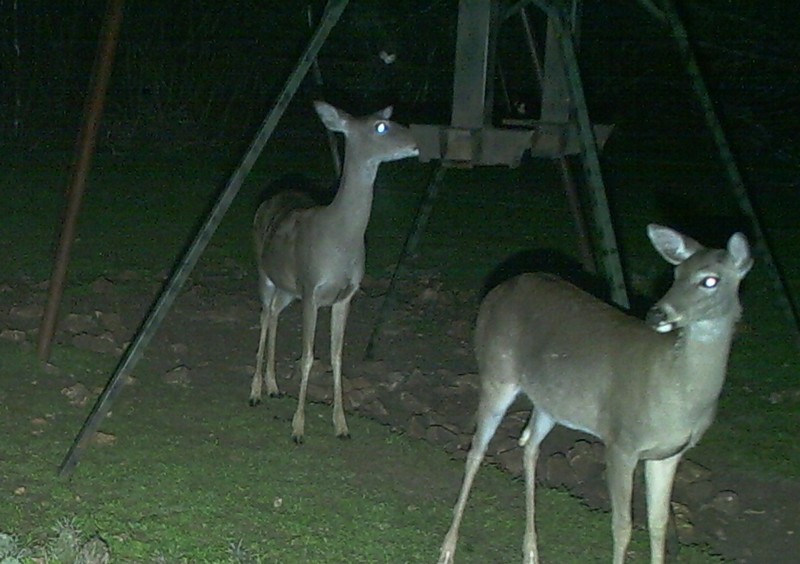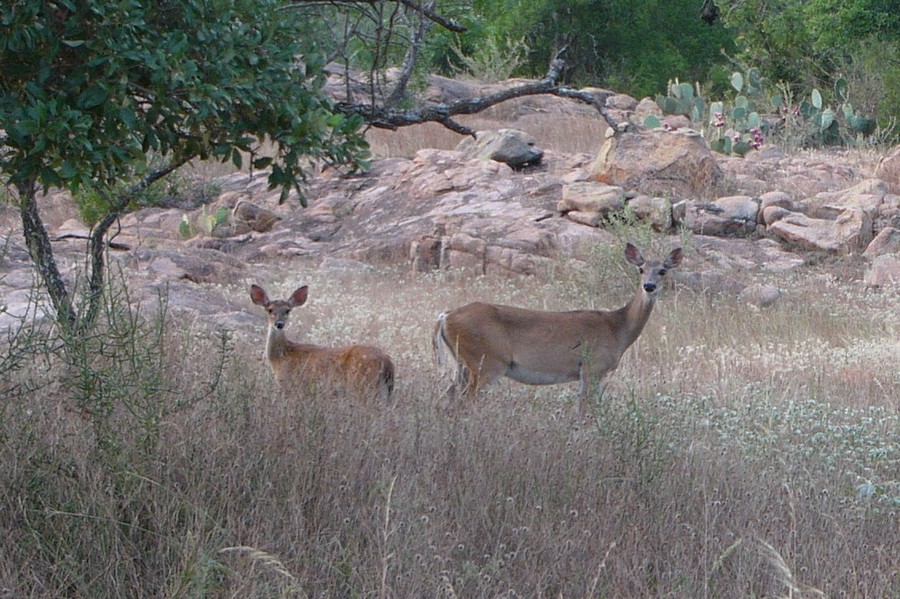Back in mid-August of this year I wrote an article that touched on conducting deer surveys and how the abundant rainfall received during 2010 really set up most of Texas up for a great year of white-tailed deer hunting. I had a feeling that a lot of the bucks carried over from last year would be looking good this fall.
That said, really was not expecting a new Texas non-typical white-tailed deer record to be harvested on the first day of the 2010 deer hunting season! By the way, I’m talking about over 300 inches of native buck antler. That’s awesome!
Texas Nontypical Record Buck
You may recall that hunter Marko Barrett harvested a big South Texas buck on the Las Raices Ranch back in 2007. That non-typical deer was a brute in his own right with 34 points that measured out at an impressive 275 7/8 inches.
Well, it looks like his father, Mark Barrett, has raised the bar even higher with his own giant, non-typical whitetail buck. And right from his Facebook page, Marko wrote:
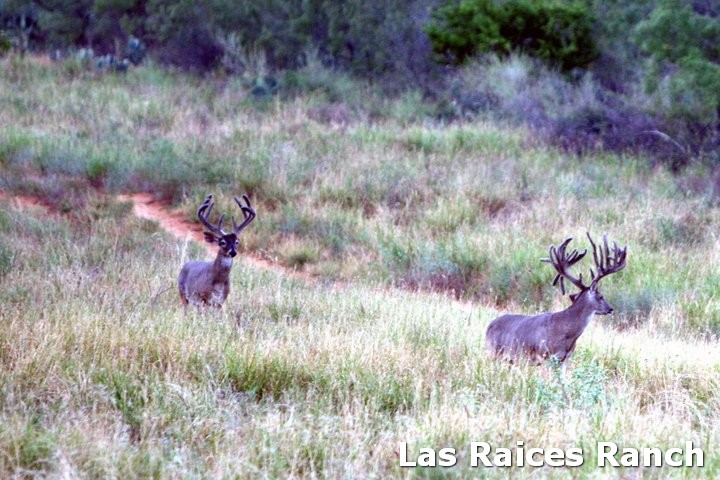
“We’ve been keeping this one pretty tight to the vest, but now that he is down we can share these pictures. He is potentially, by our score, the largest native Texas deer EVER! Rough score in velvet of 311 4/8. Congratulations, Mark Barrett (aka Dad)!”
Managing for Better Habitat, Bigger Deer
The Las Raices has been actively involved in whitetail deer management for many years, so producing high-quality whitetail bucks is nothing new for this family-owned property. With the Las Raices’ commitment to on-going deer population and habitat management, it’s starting to look like they could be their only competition for producing record-breaking native deer into the future.
But what am I saying? Big bucks are produced all across Texas every year.
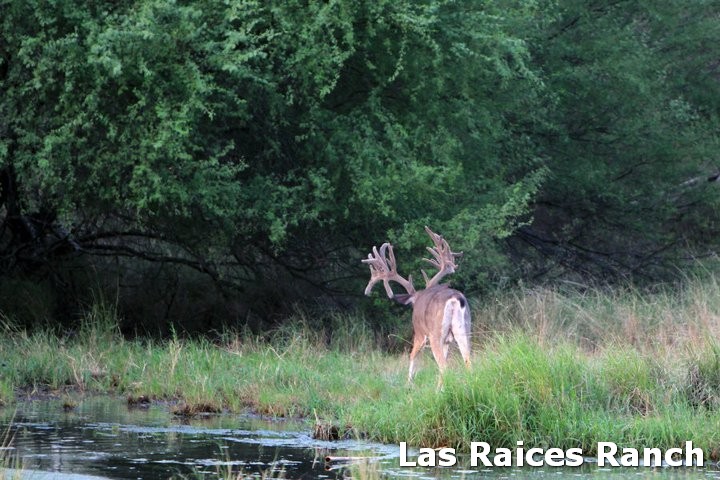
“The buck’s score is reported as 311 4/8” green gross, in full velvet. This score is not official, but is almost certain to replace the current state record. In Encinal’s own words, “Las Raices is a family owned and operated hunting ranch in Webb County, Texas that has exclusively non-manipulated nor transported native genetics.
This is a 100% native pasture deer that has not been manipulated in any way. Just rain, protein feed and patience…'”
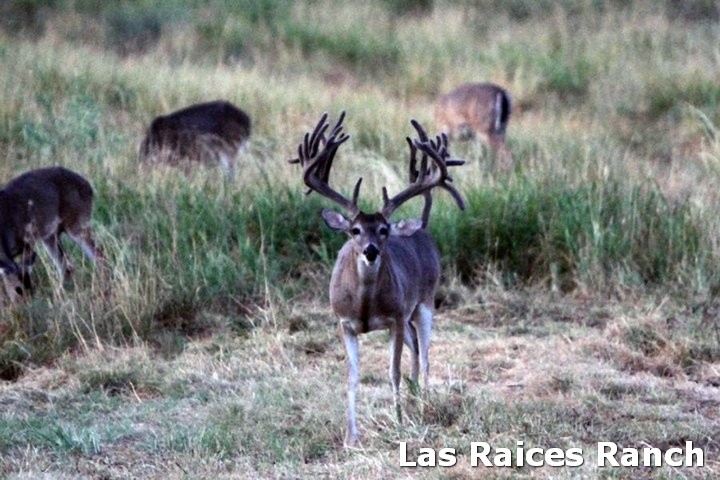
One for the Record Book
Congratulations are in order for Mark Barrett and the Las Raices Ranch for bettering their very own state white-tailed deer record. I don’t think every property can produce a 300+ inch non-typical whitetail buck because, let’s face it, this buck is several standard deviations away from average.
But hey, it does show that anyone can exceed their deer management expectations by managing for good habitat and allowing those buck to get some age on them. And then hoping for a little rain, too!


